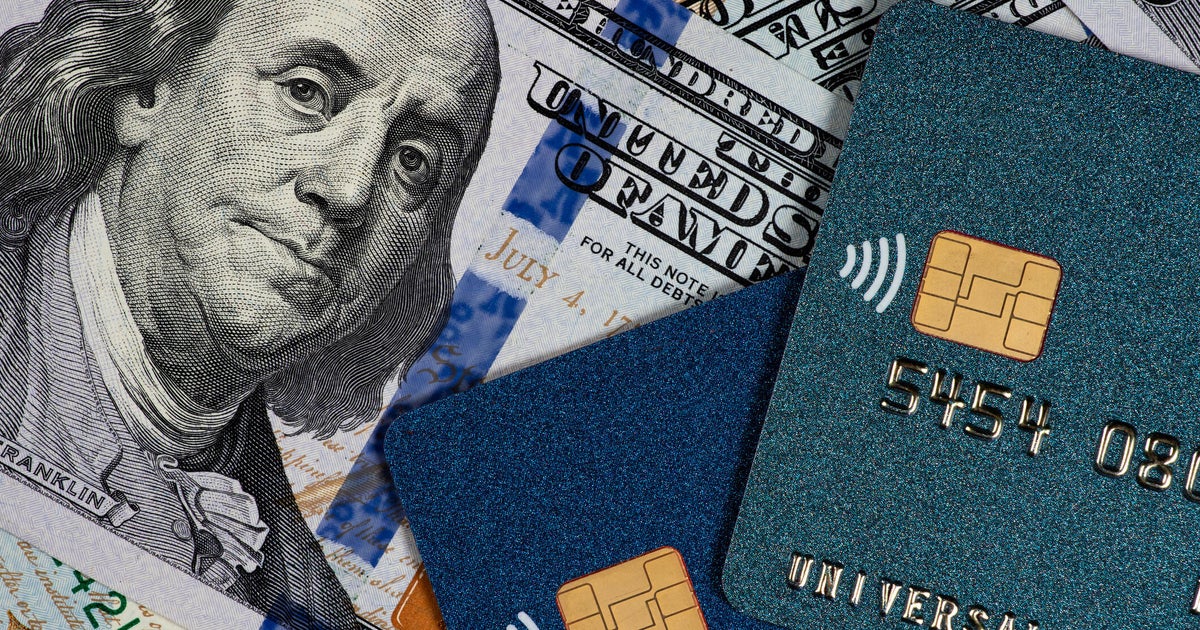HELOC draw, repayment periods: What to know
Thanks to rising home prices, American homeowners are sitting on lots of equity these days — about $270,000 on average per homeowner.
That equity can be a powerful tool. With a HELOC — or home equity line of credit — homeowners can even turn it into cash, then put those funds toward home repairs, unexpected bills, medical expenses, or paying off high-interest debts.
How do HELOCs work, though, and how do you pay them back? Before you borrow, it's a good idea to become familiar with the details of what you'll owe and when. Here's what you need to know.
Before you get started, explore the best home equity rates you can qualify for today here.
What is a HELOC draw period?
HELOCs have two timeframes — the draw period and the repayment period.
"The draw period is simply the amount of time that you have to borrow the funds of the loan," says Mark Charnet, founder of American Prosperity Group. "After the time expires, no further borrowing is allowed without requalification."
The exact length of a home equity line of credit draw period varies by lender, but in most cases, you'll have anywhere from five to 10 years to access your funds. While you don't need to repay the amount you borrow over this time, you may begin paying the interest on that amount.
What is a HELOC repayment period?
The home equity line of credit repayment period is when you start repaying the money you borrowed. During this time, you'll make monthly payments toward your HELOC's principal and interest. These payments may fluctuate, as most HELOCs come with variable interest rates, which adjust often.
"The repayment period varies — usually in the range of 20 to 30 years," says Dan Richards, head of mortgage at Flyhomes.
In some cases, HELOCs may not have an extended repayment period and instead require a balloon payment, meaning you'd pay the entire balance back in full.
Find out the best home equity rates you can qualify for right now!
HELOCs vs. home equity loans
HELOCs are only one tool you can use to access your home equity, alongside home equity loans. The big difference between these two products lies in how you get your money. With HELOCs, you withdraw your funds as you need them — much like a credit card. Then, you only pay interest on what you use.
Home equity loans, on the other hand, come with a lump sum on which you'll pay interest from the start.
"A home equity loan is a single lump sum of cash equal to the equity in the home," Richards says. "This is best for a one-time major expense, often related to home improvement. But some homeowners choose to put the payment toward other major expenses like education, a wedding, or a medical emergency."
Home equity loans usually come with a fixed interest rate, so the rate or payment won't fluctuate over time. For many homeowners, this makes them easier to budget for and manage.
With both home equity loans and HELOCs, your interest may be tax-deductible, though only if you use the money to "buy, build, or substantially improve" your primary residence, according to the IRS.
What are the benefits of using a HELOC?
The big benefit of using a HELOC over a home equity loan (or other financial product) is that you can withdraw from your funds over time. This makes it smart if you're not sure how much money you need or if you have recurring expenses or costs that are spread out over time.
"Once the HELOC is in place, you could theoretically borrow money for any purpose and at any time," Charnet says.
You're also not stuck with a huge lump sum, and you can take out only what you need, when you need it. This can help you minimize your interest costs in the long run.
Finally, most HELOCs require only interest payments while you're in the draw period. So, if you need a little time before you start paying down your principal balance, they can be a good option to explore.
Getting a HELOC
HELOCs may not be an option for every homeowner. You'll typically need a good credit score (usually around 670 at minimum), and you will need a lot of equity in your property. Most lenders require at least a 15% to 20% equity stake.
If you don't meet HELOC requirements, you might consider a cash-out refinance. These replace your existing mortgage with a new, larger one. Then, you get the difference back in cash.
Learn more about HELOCs and home equity loans you can qualify for today here.






